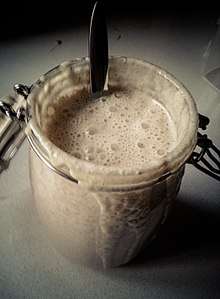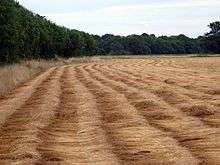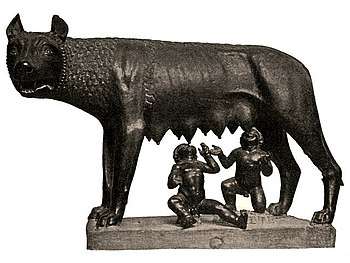Economic importance of bacteria
Bacteria are economically important as these microorganisms are used by humans for many purposes and are harmful in causing disease and spoiling food. The beneficial uses of bacteria include the production of traditional foods such as yoghurt, cheese, and vinegar; biotechnology and genetic engineering, producing substances such as drugs and vitamins; agriculture; fibre retting; human and animal digestion; and biological control of pests.
Useful bacteria
Food processing

Sourdough bread is made to rise by fermentation, with a leaven that consists of bacteria, often combined with wild yeasts.
The milk-souring bacterium Lactobacillus bulgaricus is used to make yoghurt and cheese. Bacteria are used, too, to form organic acids in pickles and vinegar.
Biotechnology
Biotechnology is the use of microorganisms including bacteria and fungi in the manufacturing and services industries. These include chemical manufacturing such as ethanol, acetone, organic acid, enzymes, and perfumes. In the chemical industry, bacteria are most important in the production of pharmaceuticals. Escherichia coli is used for commercial preparation of riboflavin and vitamin K.[1]
Genetic engineering
Genetic engineering is the manipulation of genes. It is also called recombinant DNA technology. In genetic engineering, pieces of DNA (genes) are introduced into a host by a variety of techniques, one of the earliest being the use of a virus vector. The foreign DNA becomes a permanent feature of the host, and is replicated and passed on to daughter cells along with the rest of its DNA. Bacterial cells are transformed and used in production of commercially important products. The examples are production of human insulin (used against diabetes), human growth hormone (somatotrophin used to treat pituitary dwarfism), and infections which can be used to help fight viral diseases.
Using biotechnology techniques, or bio medical technology bacteria can also be bioengineered for the production of therapeutic proteins.
Fibre retting

Bacteria such as Clostridium butyricum are used to separate fibres of jute, hemp, and flax in the process of retting. The plants are immersed in water and when they swell, inoculated with bacteria which hydrolyze pectic substances of the cell walls and separate the fibres. Alternatively the plants are left spread out on the ground, wetted by the dew, to ret naturally. These separated fibres are used to make ropes and sacks etc.[1]
Digestion
Some bacteria living in the gut of cattle, horses and other herbivores secrete cellulase, an enzyme that helps in the digestion of the cellulose of plant cell walls. Cellulose is the major source of energy for these animals. The Escherichia coli that live in the human large intestine synthesizes vitamin B and releases it for human use.
Pest control
Bacteria can also be used in the place of pesticides in biological pest control. This commonly uses Bacillus thuringiensis (also called BT), a Gram-positive, soil-dwelling bacterium. This bacterium is used as a Lepidopteran-specific insecticide under trade names such as Dipel and Thuricide. Because of their specificity, these pesticides are regarded as environmentally friendly, with little effect on humans, wildlife, pollinators, or other beneficial insects.
Harmful bacteria
Some bacteria are harmful and act either as disease-causing agents (pathogens) both in plants and animals, or may play a role in food spoilage.
Agents of disease
Bacteria cause a wide range of diseases in humans and other animals.
Plant diseases caused by bacteria are commercially important worldwide for agriculture. Besides bacterial pathogens that are already established in many areas, there are many instances of pathogens moving to new geographic areas or even the emergence of new pathogen variants. In addition, bacterial plant pathogens are difficult to control because of the shortage of chemical control agents for bacteria.[2]
Food spoilage
Saprotrophic bacteria attack and decompose organic matter. This characteristic has posed a problem to mankind as food such as stored grains, meat, fish, vegetable and fruits are attacked by saprotrophic bacteria and spoiled. Similarly milk and products are easily contaminated by bacteria and spoiled.
